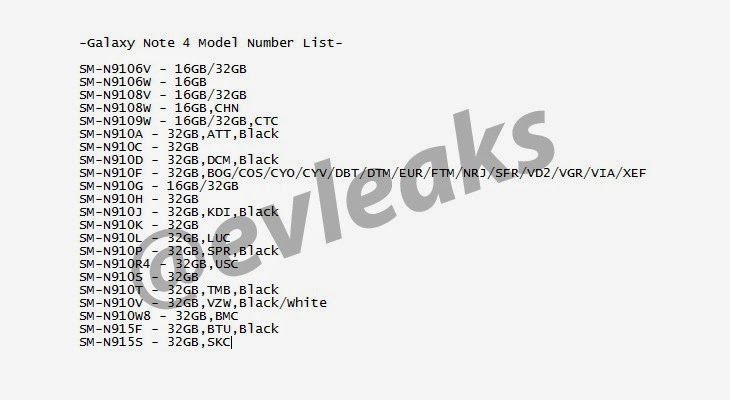The currently discussed iPhone 6 design is not final, according to sources in Japan. The mockups flying around today have a few features out of place, including the radio windows on the back and the display. The Apple logo has a new story too.
New iPhone 6 cases are emerging in the Far East, with Japan’s Nikkei reporting that the design being discussed in the media is not final. In fact, it’s not accurate at all. The glass covering the display (likely made from sapphire) will be curved, tapered at the edges, while the Apple logo on the back will not be carved, but drilled outright. Apple perhaps wants a new sensor behind the logo, while the logo itself could act as a window for this new part. Speaking of windows, the radios inside the phone will be placed identically as in the current-generation iPhone. In that respect, expect two glass stripes at the top and bottom of the rear shell, the source reports. The LED flash, which is round in the current mockups, may end up pill-shaped just like in the iPhone 5s. There have been a lot of questions as to why Apple would backpedal on this particular design feature, and it seems they are not changing it after all.
The report goes to describe the look and feel of the case, noting that Apple is putting a big emphasis on how the user is expected to hold the phone in their hand. Perhaps most intriguing is the fact about the display being tapered. So far all of Apple’s iPhones have all featured completely flat glass. This would give the iPhone 6 a truly redesigned facade. According to various rumors, the company is pressing for an early September launch of the handset, with some claiming that the phone will physically ship on September 19. The date remains to be verified. A second version of the iPhone 6, whose screen reportedly measures 5.5 inches on the diagonal, is also said to be in the works. Mockups based on that claim have shown that the phone is ridiculously big, even taller than existing phablets from the likes of Samsung and LG.
Apple is expected to adopt a new design with this big version of the phone, perhaps one that does away with the big screen bezel. In any case, it seems that the design of the phone has yet to be confirmed. Back to the rumor mill folks.
.jpg) |
| iPhone 6 curved glass mockup (right) Image credits to Martin Hajek |



 6/30/2014 11:50:00 PM
6/30/2014 11:50:00 PM
 dannzfay
dannzfay



.jpg)








+in+Black.jpg)

































